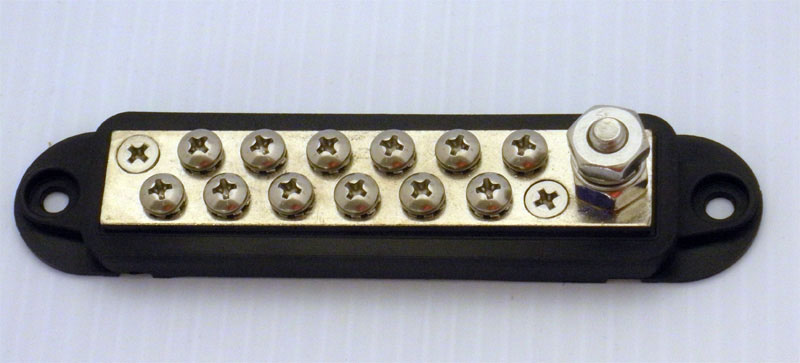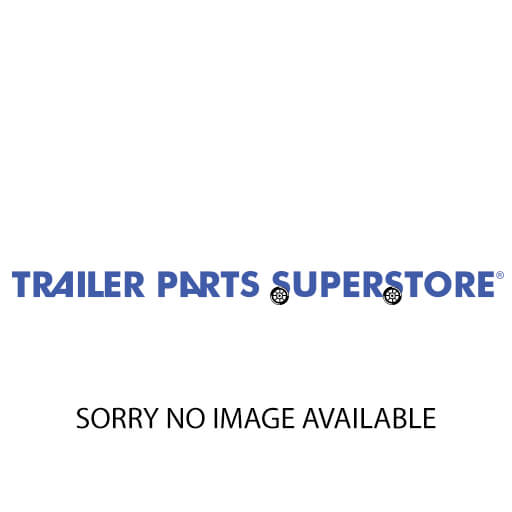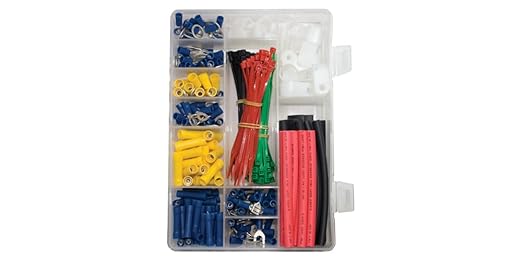pymybob
Well-known member
So I've never wired anything before and I need to start, what I would imagine is a simple wiring project. I need to install a bilge pump and I want to add it to a simple SPST ON-OFF Marine Toggle Switch for it. I would also like to do the same and hook my nav lights to a switch as well. Right now those just hook up to the battery directly. I also have a fish finder and my trolling motor (which will hook up directly to the battery and no need for switches on those. Is that right?) and that's it for electronics at this time.
That being said, I don't know what/how to accomplish this. I've look through the site and found info but no clear cut instructions. Maybe I'm searching wrong. I want to keep this simple. I don't think I need a gang box with multiple switches. I'm thinking I could add these few switches inside one of the bench seats or construct some sort of box and mount it near the transom of the boat like this:

Again, I'm a complete novice and have no experience wiring a boat. Any and all help or suggestions would be appreciated.
Thanks!
That being said, I don't know what/how to accomplish this. I've look through the site and found info but no clear cut instructions. Maybe I'm searching wrong. I want to keep this simple. I don't think I need a gang box with multiple switches. I'm thinking I could add these few switches inside one of the bench seats or construct some sort of box and mount it near the transom of the boat like this:

Again, I'm a complete novice and have no experience wiring a boat. Any and all help or suggestions would be appreciated.
Thanks!










